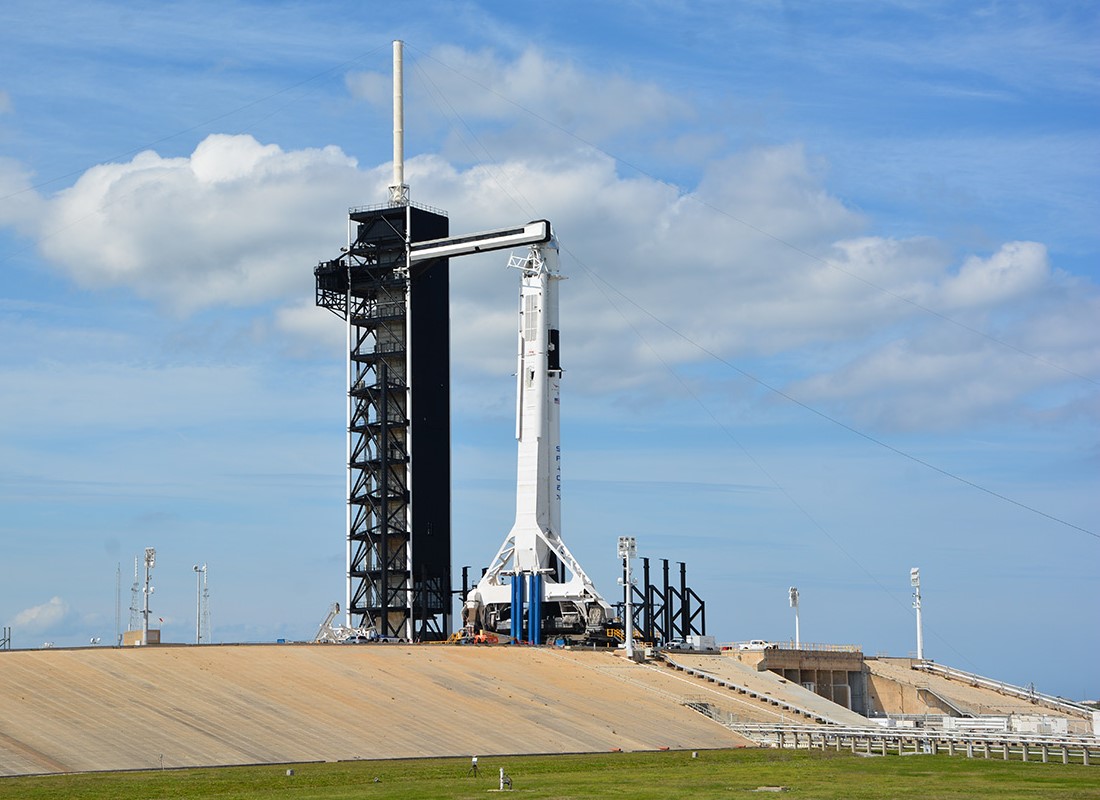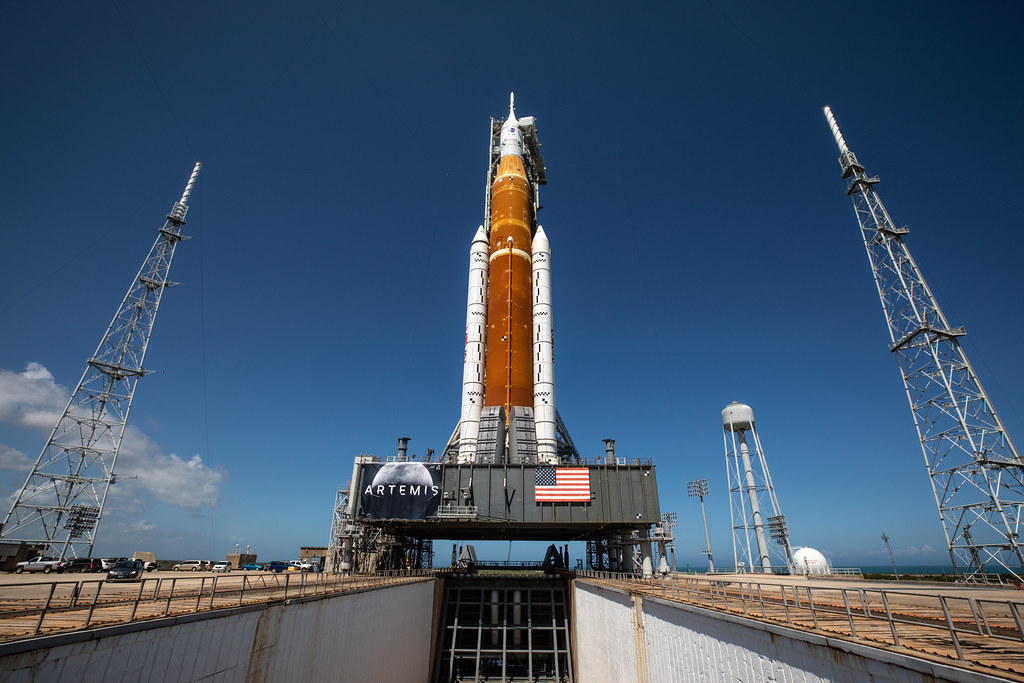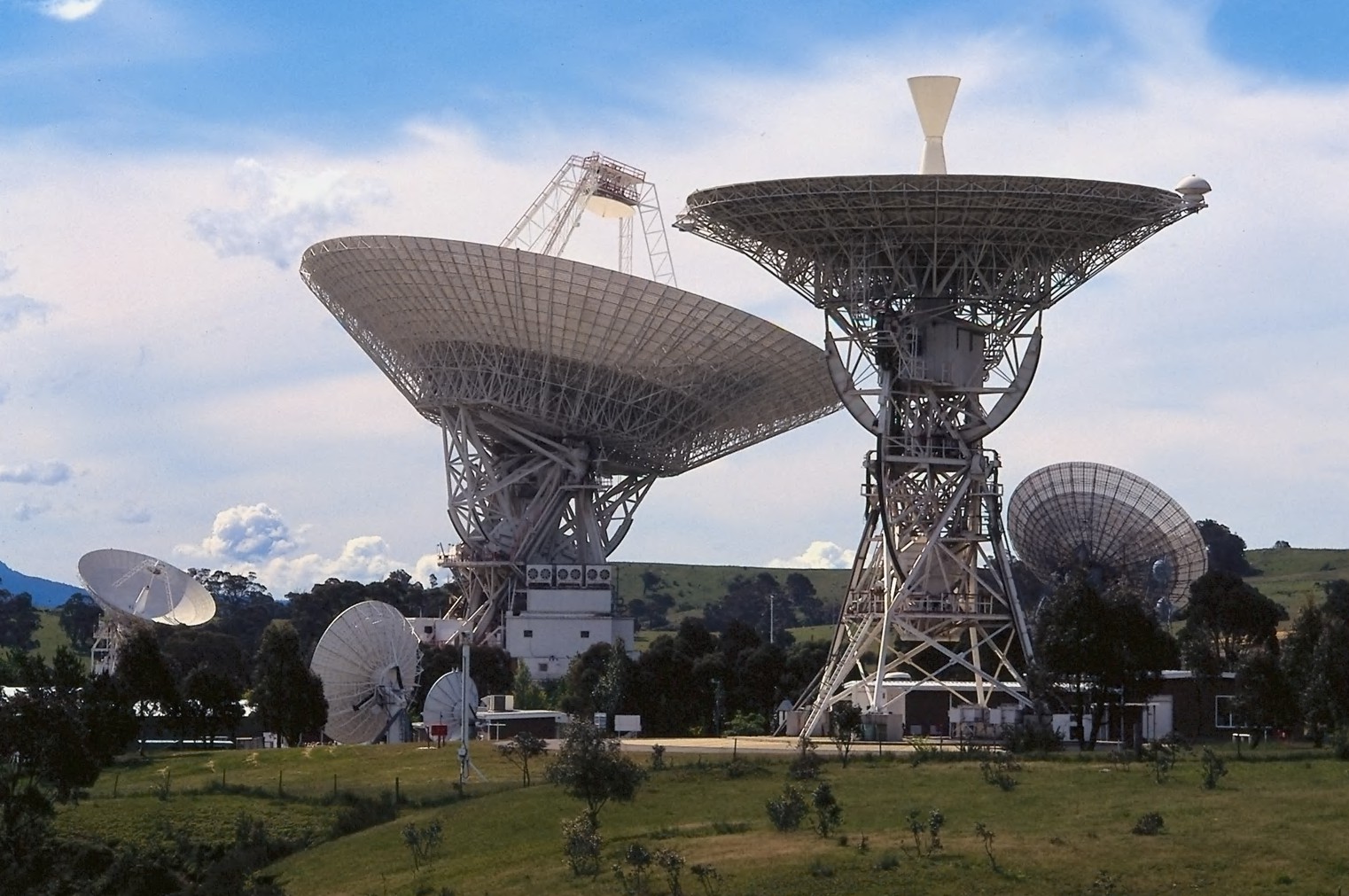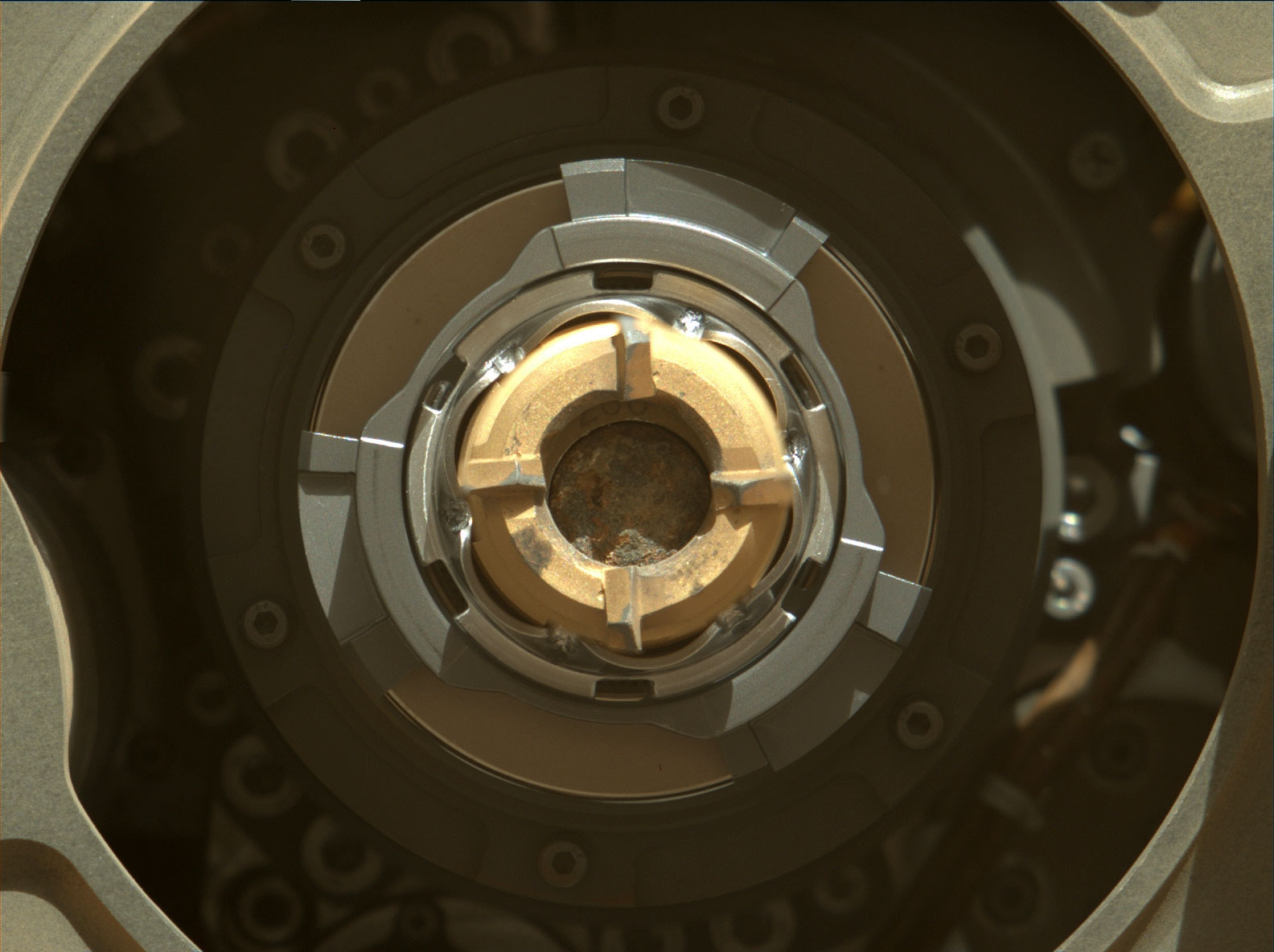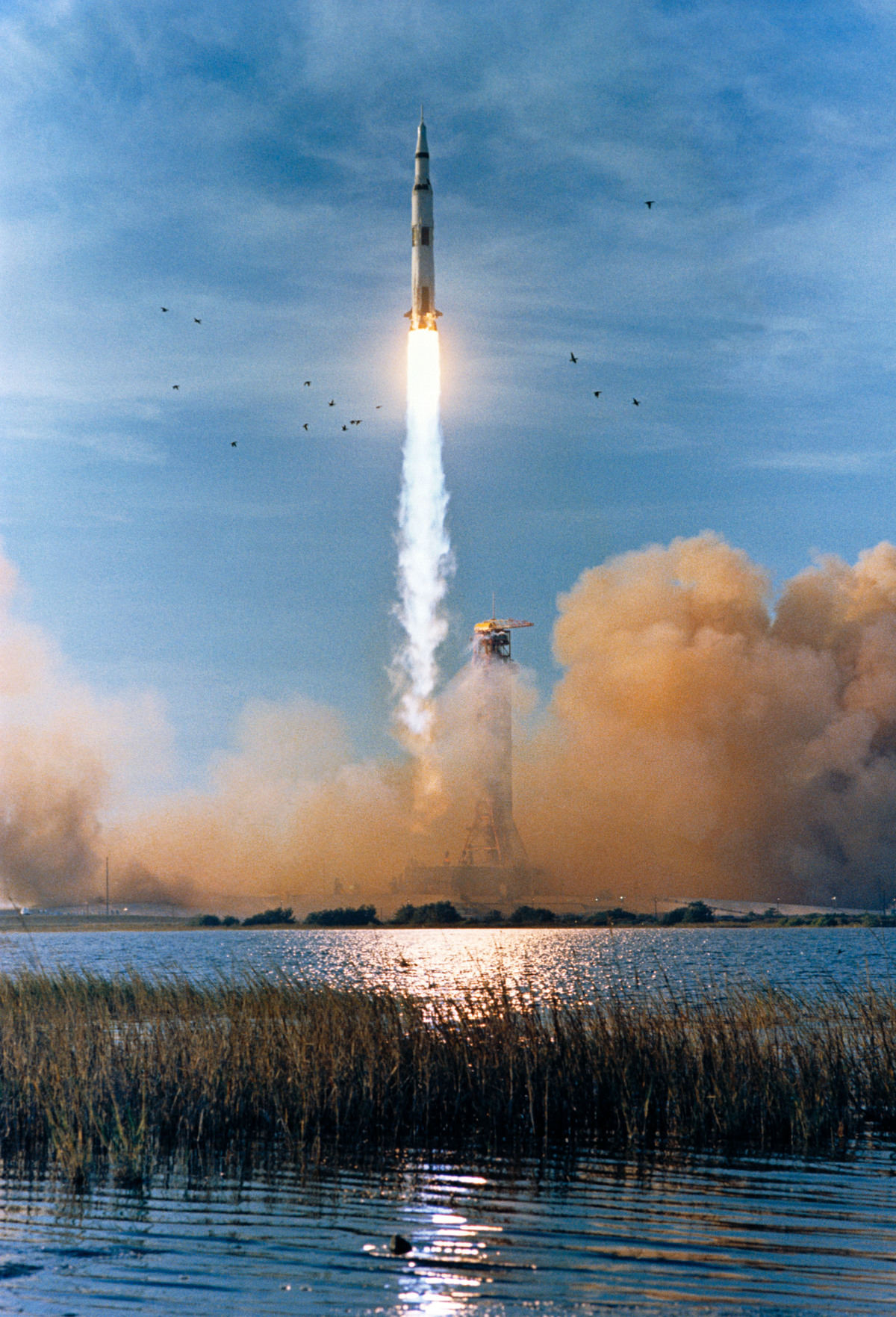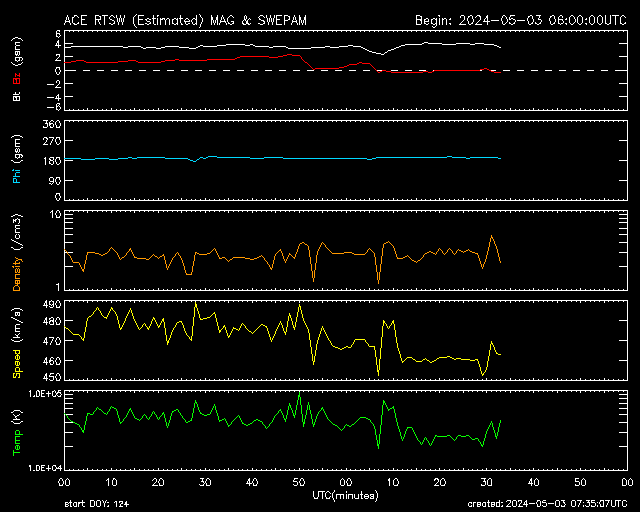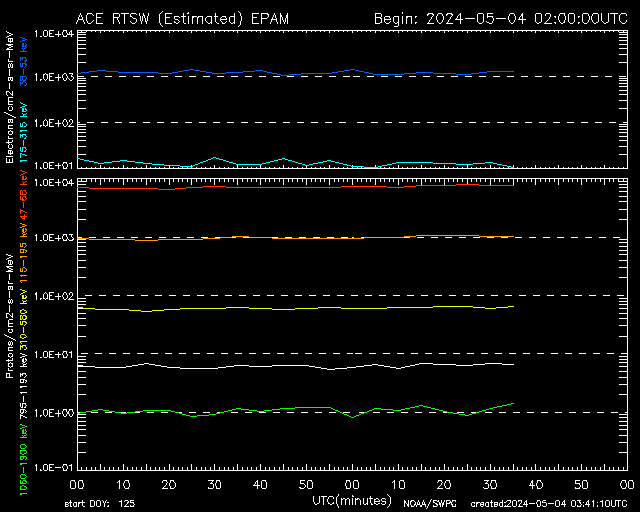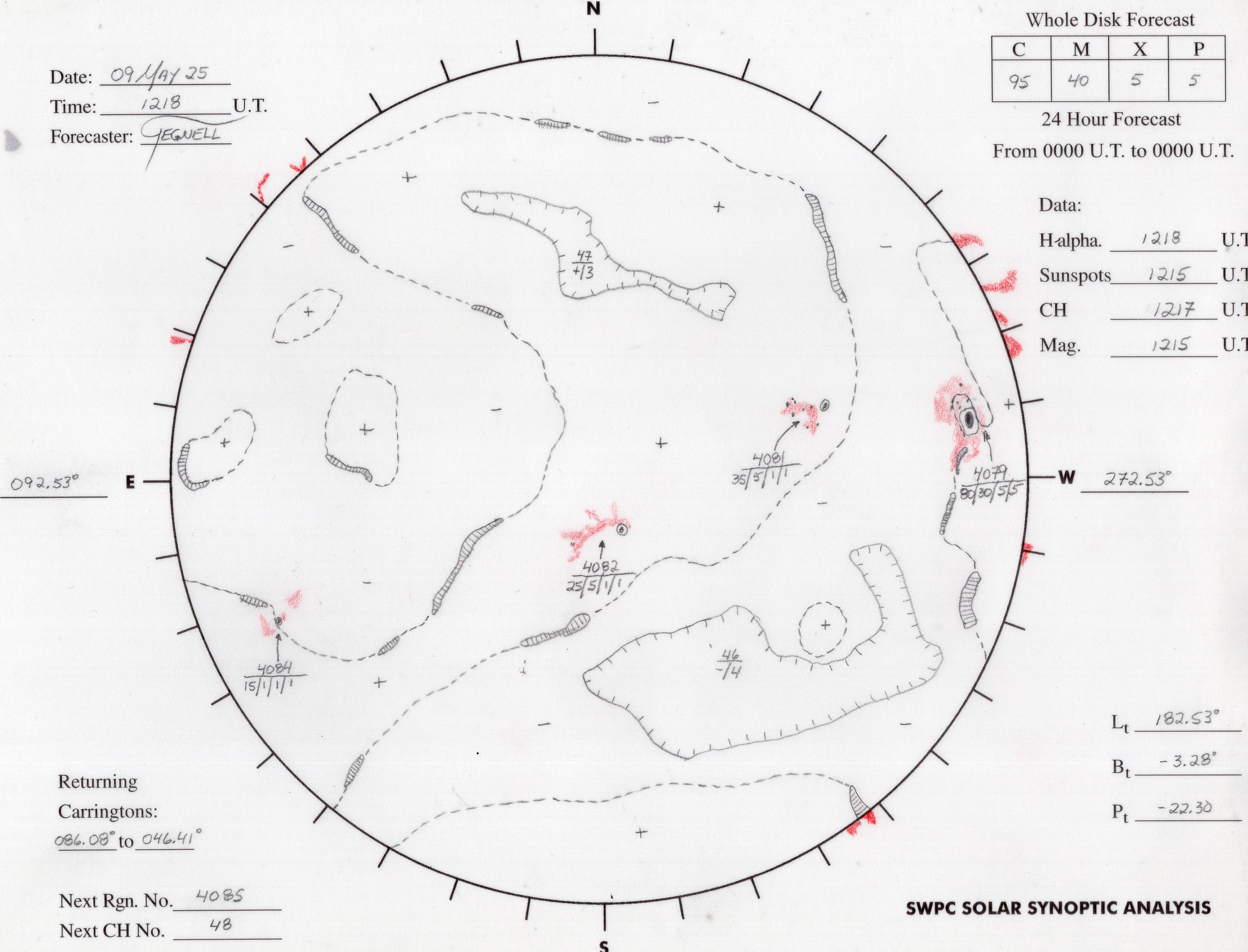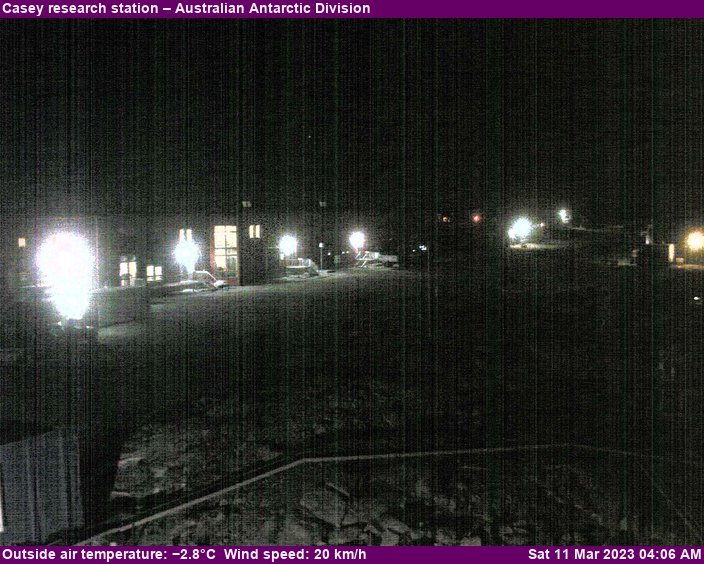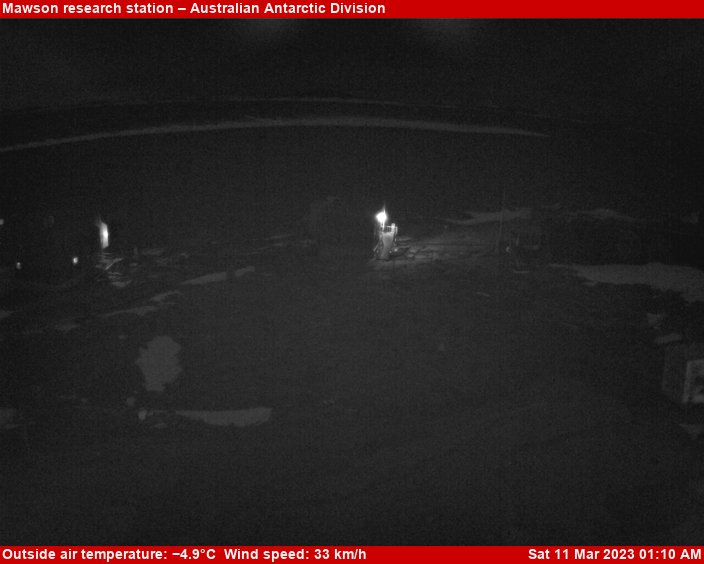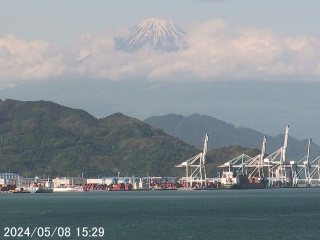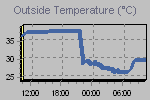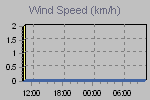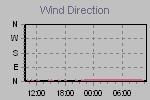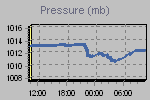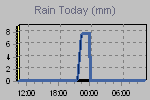This week marked an important milestone on Mars- Perseverance successfully drilled into the planet’s surface and collected the mission’s first core sample, Montdenier, from a rock named Rochette! This is an exciting accomplishment, but the sample’s journey has just begun. Hundreds of millions of miles away, the Montdenier core is stored safely inside a sealed tube onboard the rover, waiting to catch a ride to Earth. Mars 2020 is the first in a series of missions working together to return samples from Mars to Earth, for the first time in human history! As the first leg of Mars Sample Return (MSR), Perseverance is tasked with roving Jezero crater, collecting core samples, and documenting the geologic context for these samples. Perseverance may then deposit these samples as a 'cache' at one or more depot sites on the surface of Mars. Future MSR mission will return to the depot site(s) in Jezero, where Montdenier may very well be one of the tubes selected for return to Earth so scientists can study them hands-on!
Choosing which rocks to bring to Earth is no easy task and requires input from the entire Mars 2020 science team, along with numerous pre-drilling measurements taken with Perseverance’s onboard instruments. The right set of samples could even help future scientists determine whether life ever arose in Jezero crater, a major goal that Mars 2020 is working to accomplish. While some rocks could provide evidence for ancient life, others record the chemical, geologic, and environmental history of Mars. In the case of Montdenier, the team thinks this rock might hold information about the history of Jezero crater itself, specifically the geologic units that make up the present-day floor of the crater.
Before drilling the Montdenier core, Perseverance first used an abrasion tool to grind away surface material on the Rochette rock at a point called Bellegarde. Removing this outer layer allowed the team to better understand the rock’s texture and determine that it could be a good target for coring. To examine the rock in more detail, the Planetary Instrument for X-Ray Lithochemistry (PIXL) instrument took close-up pictures of the rock and analyzed its elemental composition, while the Scanning Habitable Environments with Raman & Luminescence for Organics & Chemicals (SHERLOC) instrument used cameras, lasers, and other detectors to identify other molecules and minerals present. Throughout the sample triaging process, Perseverance used its many cameras to image Rochette and other nearby rocks from numerous angles to better understand the local geology and to ensure that Montdenier was the right core to take. Cameras also helped position the drill, then imaged the rock after coring was complete.
The Montdenier core will soon be joined by several more all destined for Earth, as Perseverance adds to its sample collection by drilling from different locations and rock types throughout the crater, each with a unique composition and history. Sample return is the next exciting step in our exploration of Mars, building off the discoveries that past rovers have made to dive deeper into the planet’s past and present. The Montdenier core has a long journey ahead, but its future is promising- once on Earth it will tell us about Mars for decades to come!
Written by Denise K. Buckner, Student Collaborator at University of Florida
